Botanic Garden Visit to Special Collections
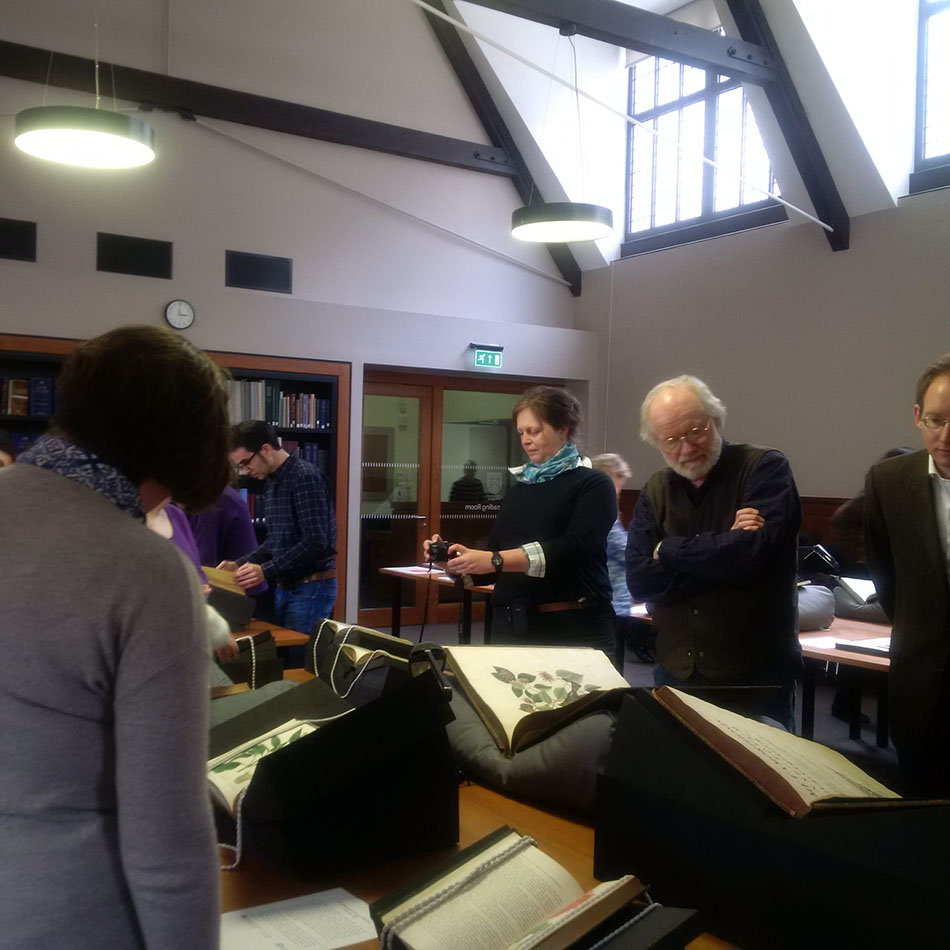
On Saturday we welcomed to Special Collections a group who had stayed on in Scotland after the joint meeting of the Linnaeus Link and European Botanical and Horticultural Libraries, held earlier in the week at the Royal Botanic Garden Edinburgh. The delegates were from a range of universities, botanic gardens and museums from Europe, the US and further afield.
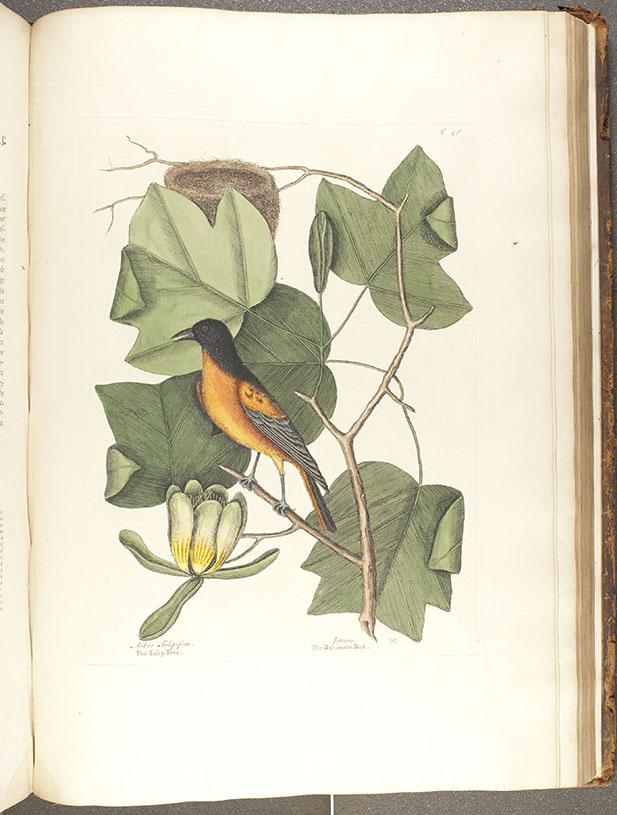
This event was an opportunity for us to showcase what we do in Special Collections, tell the delegates about the ways in which Special Collections is used to support teaching and research at St Andrews, and to display some material to give the visitors an understanding of the breadth and depth of the collections in our care. We chose some highlights from our manuscript and printed book collections, including the St Andrews Psalter, manuscripts on alchemy in the hand of Sir Isaac Newton, a rolled botany drawing used in teaching from John Hardy Wilson collection, letters from the German botanist Hermann Müller on D’Arcy Wentworth Thompson’s translation of his monumental treatise on Fertilisation of Flowers into English, 1882-3, which led to DWT obtaining the Chair of Biology (later Natural History) at the newly opened University College, Dundee.
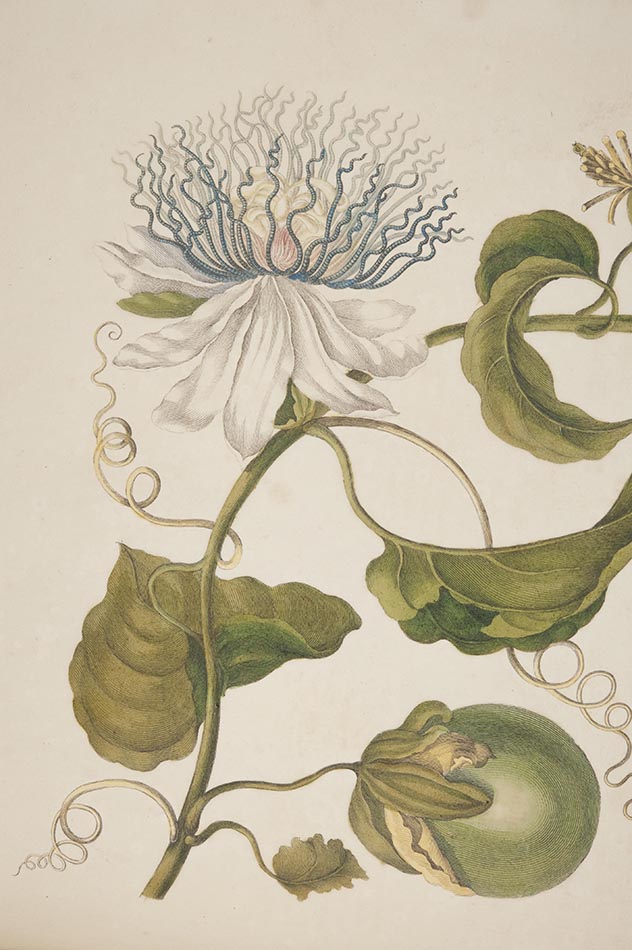
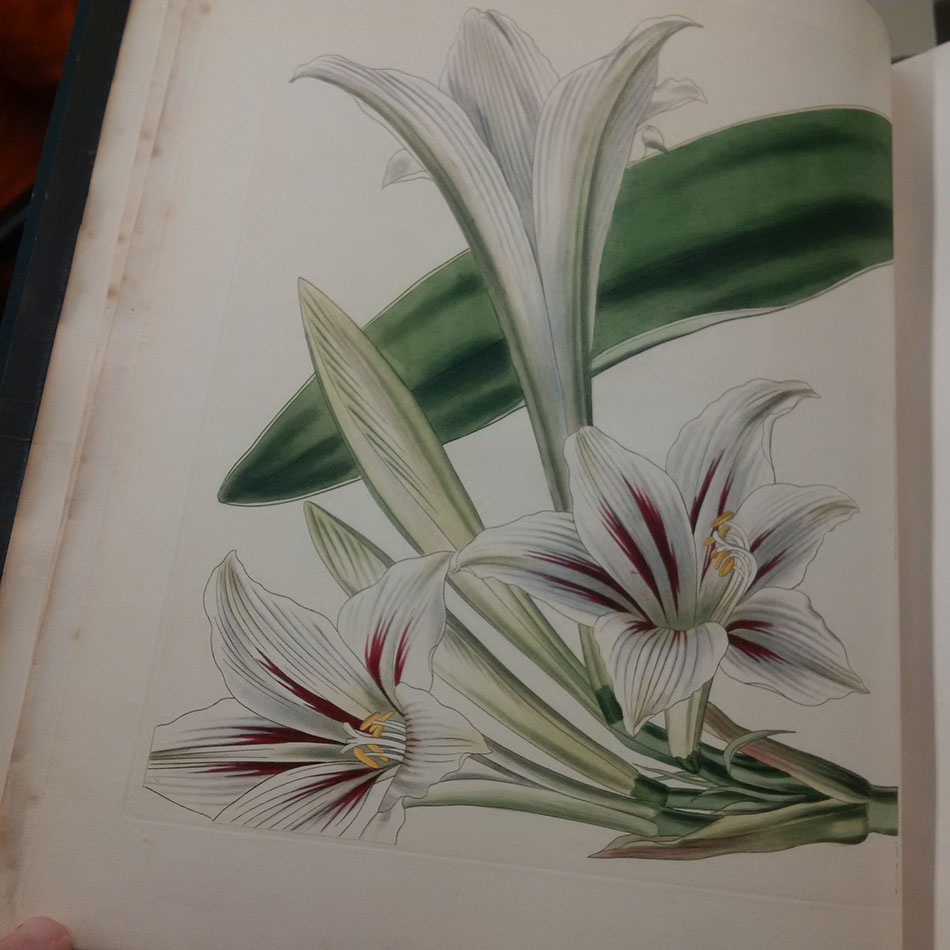
We also displayed some of our treasures of botanical and natural history printing, from Maria Sibylla Merian’s Metamorphosis Insectorum Surinamensium (1705), one of the most important works of natural history of its era, Mark Catesby’s, The Natural History of Carolina, Florida and the Bahama Islands (1731), generally credited as the first published work to provide illustrations and descriptions of North American flora and fauna and Curtis’ Botanical Magazine, the world’s longest-running horticultural journal. The Magazine was (eventually) named after its founder William Curtis (1746–1799), an English botanist and entomologist, who worked from 1771 to 1777 as demonstrator of plants and Praefectus Horti at the Chelsea Physic Garden, established a century earlier by the Worshipful Society of Apothecaries for its apprentices to study the medicinal qualities of plants. Designed to portray ornamental and foreign plants, the first issue of the magazine appeared on February 1, 1787. A small, octavo format publication, it consisted of three hand coloured plates accompanied by brief letterpress descriptions. Priced at one shilling, it was an immediate success; the first issue sold about 3000 copies.
![Image from the 'St Andrews Psalter' (msBX2033.A00 [ms5455])](https://special-collections.wp.st-andrews.ac.uk/files/2016/04/psalter.jpg?w=213)
I was overwhelmed by the quality of what you had looked out, and the effort you had put into the display”.
Gabriel Sewell
Head of Special Collections and
Assistant Director of Library Services
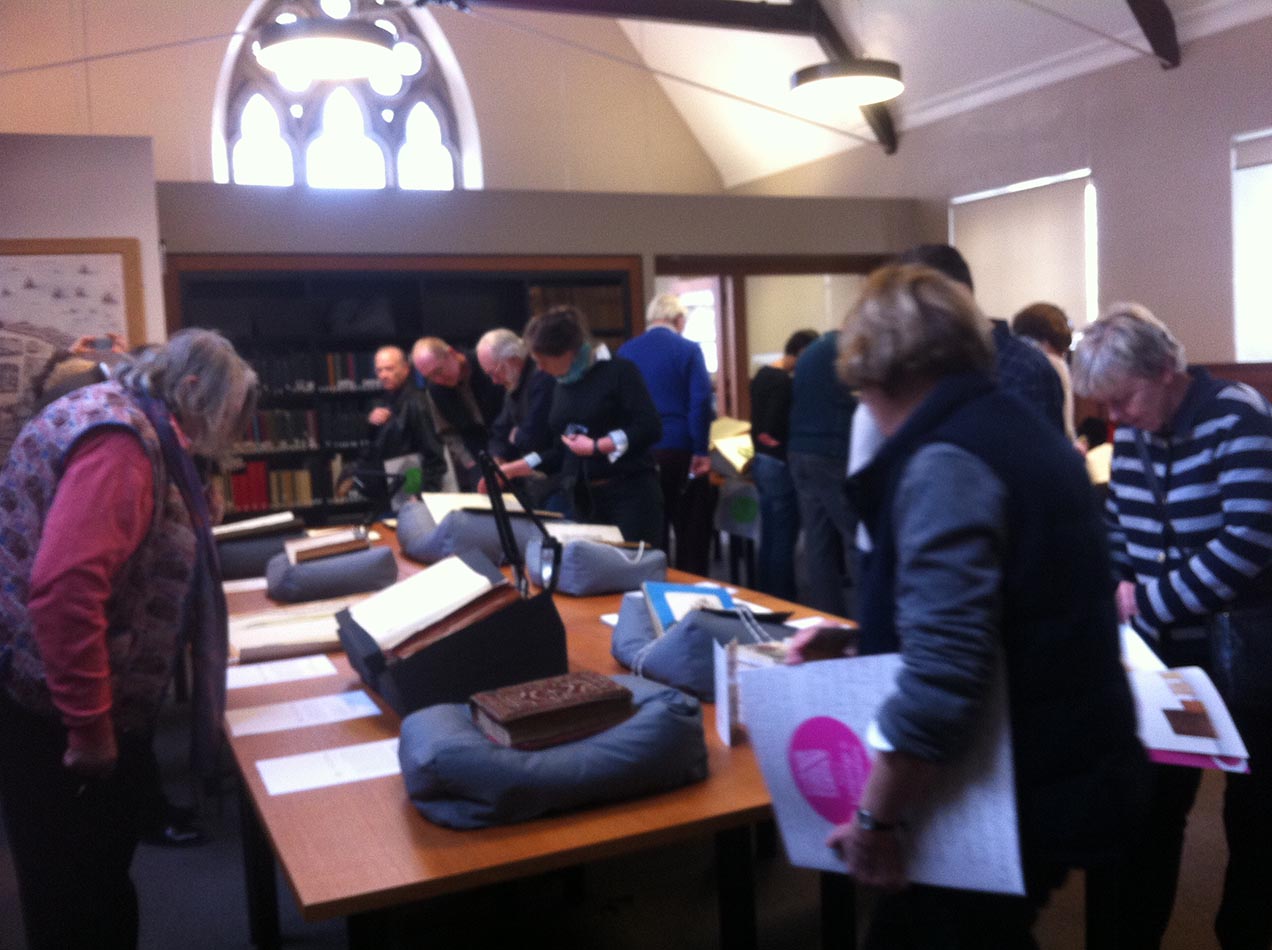
What wonderful material - thankyou for sharing
Isaac Newton's manuscripts on alchemy!!!
[…] via Botanic Garden Visit to Special Collections — Echoes from the Vault […]
[…] via Botanic Garden Visit to Special Collections — Echoes from the Vault […]